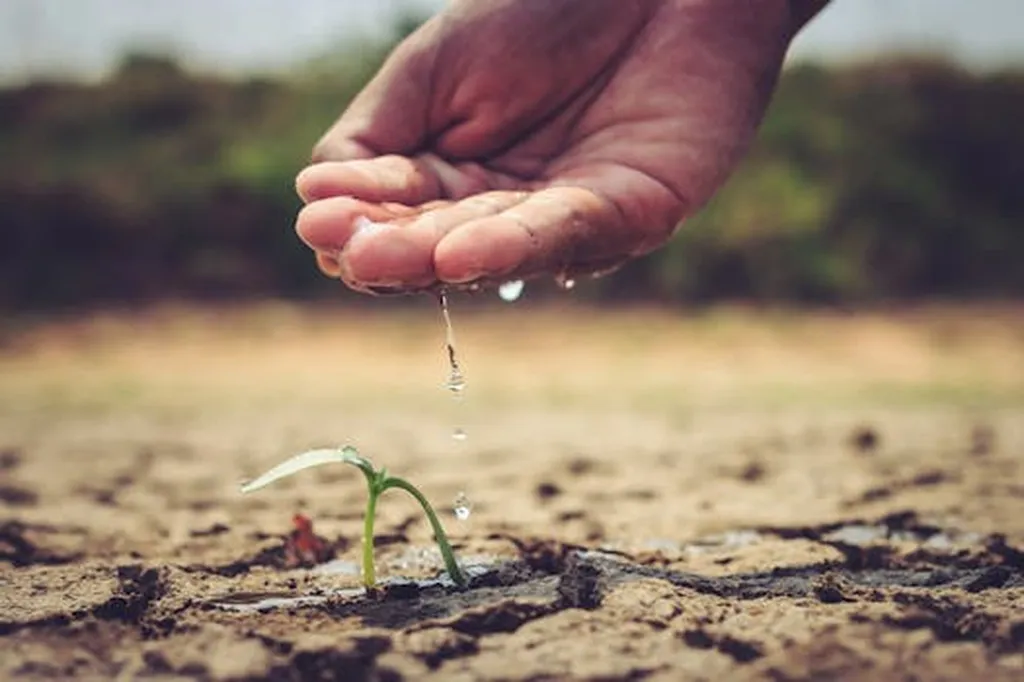In the quest for sustainable construction materials, researchers are turning to an unlikely source: agricultural waste. A recent bibliometric review published in *Discover Civil Engineering* (which translates to *Exploring Civil Engineering*) has shed light on the growing trend of incorporating agricultural waste as coarse aggregates in concrete production. This innovative approach not only reduces the construction sector’s carbon footprint but also aligns with the principles of a circular economy.
Led by James Anthony Oppon from the Department of Construction Technology and Management at Kwame Nkrumah University of Science and Technology, the study analyzed 870 papers published between 2003 and 2023. The research revealed a significant uptick in global interest in sustainable concrete, with India, Malaysia, and China leading the charge. Materials like coconut and palm kernel shells are gaining traction as potential replacements for traditional aggregates, while rice husk ash, palm oil clinker, and sugarcane bagasse are being explored for their cementitious properties.
“Integrating agricultural waste into concrete production is a win-win situation,” Oppon explains. “It addresses the pressing need for sustainable construction materials while also tackling the issue of agricultural waste management.”
The study identified several research gaps that need to be addressed to fully realize the potential of agricultural waste in concrete. These include limited data on long-term durability, a lack of comprehensive life-cycle assessments, and the need for alternative binder systems compatible with agricultural waste.
The findings have significant implications for the construction industry and the energy sector. As the demand for sustainable and eco-friendly materials continues to grow, the integration of agricultural waste into concrete production could open up new commercial opportunities. It could also contribute to reducing the environmental impact of construction, which is a major consumer of energy and resources.
“By embracing these innovative materials, we can make significant strides towards a more sustainable future,” Oppon notes. “It’s not just about reducing waste; it’s about creating value from what was once considered useless.”
The study highlights the importance of interdisciplinary collaboration and the need for policymakers to support research and development in this field. As the construction industry continues to evolve, the integration of agricultural waste into concrete production could play a pivotal role in shaping the future of sustainable construction.
In the words of Oppon, “The future of sustainable construction lies in our ability to innovate and adapt. By harnessing the potential of agricultural waste, we can build a better, more sustainable world.”

